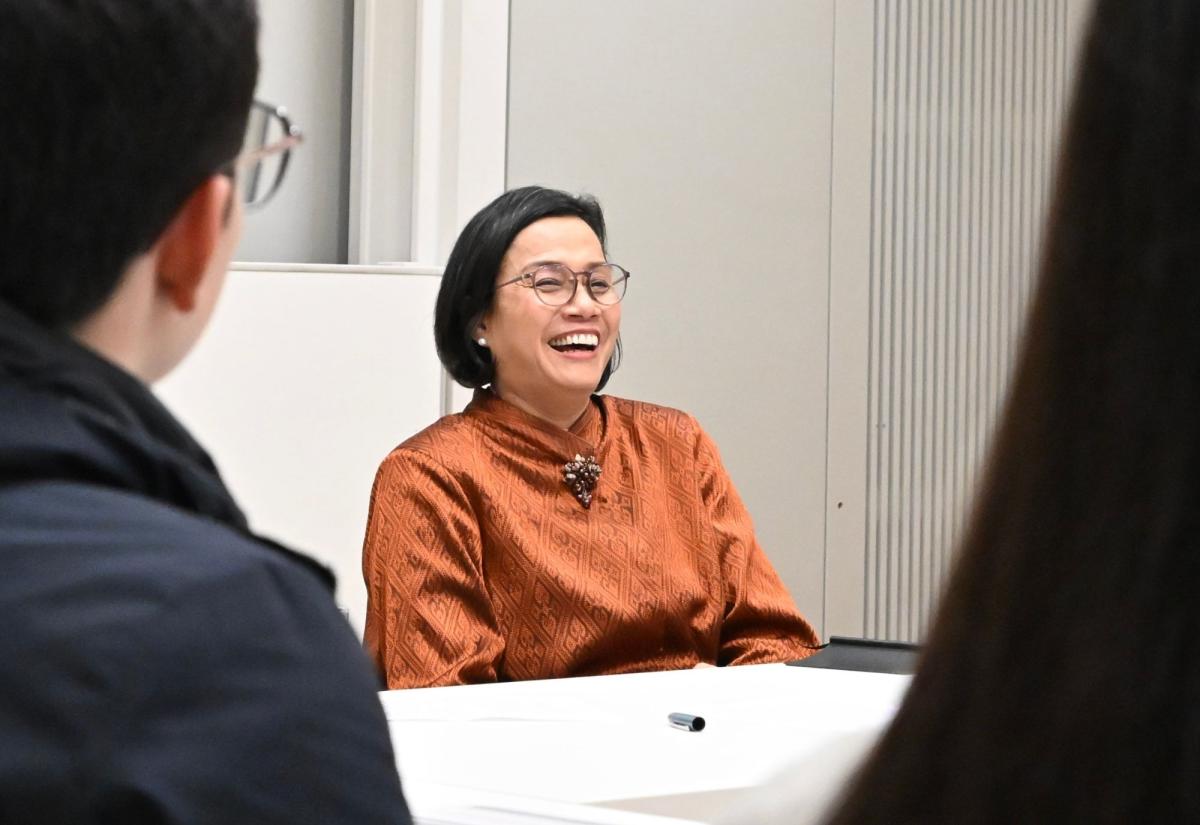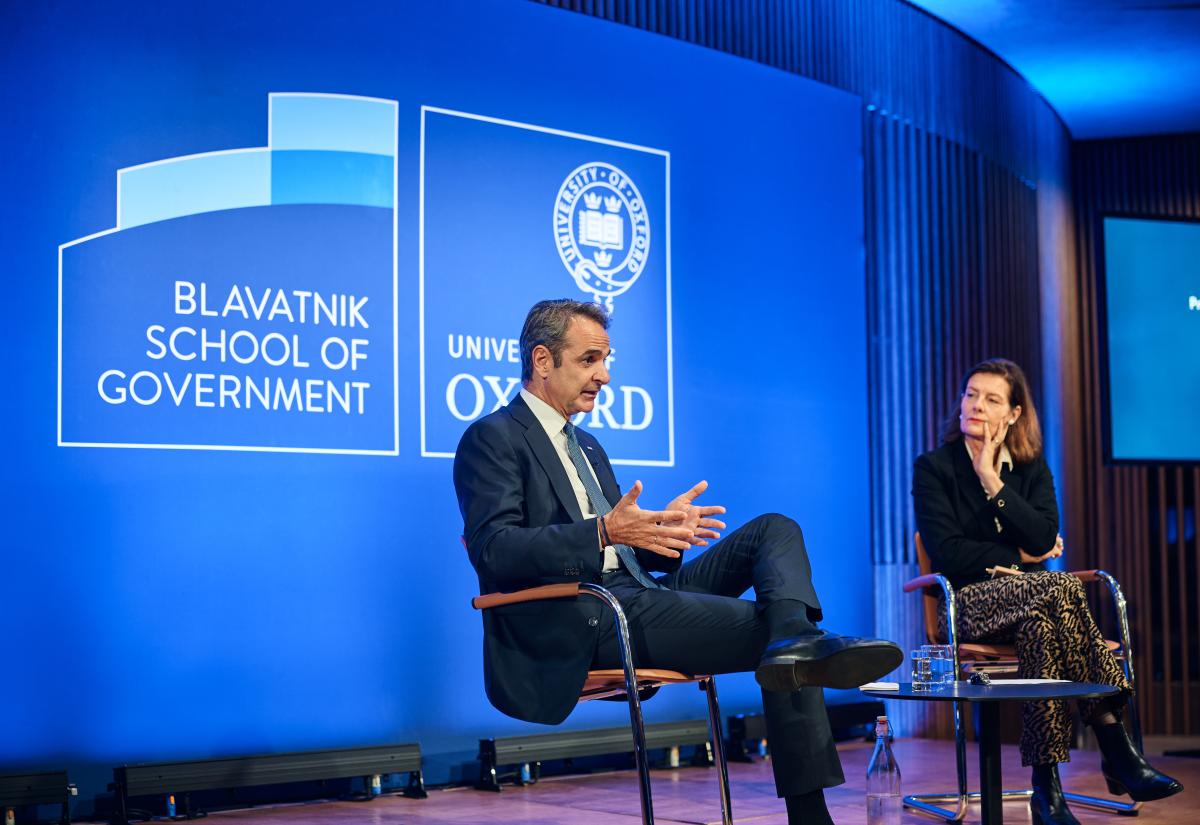On Thursday 9 May, Professor Joseph Nye gave a public lecture at the Blavatnik School of Government entitled 'American Presidents and Foreign Policy'. Students and faculty from around the University were in the audience, as well as local sixth form students from the Abbey School and the Matthew Arnold School.
Professor Nye began his lecture with a simple question: Do Presidents matter? And if so, what kind?
At the beginng of the twentieth century, the US was a second-tier power. By the end of the century, it was the world's sole superpower. What brought about this enormous change? Was it the result of structural forces, or of leadership?
To answer these questions, Professor Nye conducted a series of tests in counterfactual history: what if certain influential presidents had not been elected, and the next most likely person had become President instead? From these tests he concluded that roughly half mattered to history, and half didn't.
According to his results, six presidents were truly integral to the creation of the American Era in the twentieth century: Woodrow Wilson, FDR, Harry Truman, Dwight D. Eisenhower, Ronald Reagan and George HW Bush. He divided these men into two camps: transformational and transactional. Transformational leaders have sweeping vision. Lionised by the press, they are immensely popular for their charisma and willingness to make big bets (which sometimes pay off and sometimes don't). The public generally prefer them to transactional leaders, who take a more pragmatic, incremental approach.
Wilson and FDR involved America in global conflicts because they had a transformational vision for a new world order. Wilson wanted to see a global system based on collective security instead of dominance by the strong, though his vision ultimately failed. FDR decided in 1938 that Nazi Germany would be a threat to the Western Hemisphere and set about convincing Americans their involvement was crucial, at a time when public opinion was deeply against it. America's war effort during his Presidency set the stage for its rise to superpower status.
Truman and Reagan were both transformational in their approach to the Cold War. Truman developed a sweeping vision in response to the Soviet government pushing its advantage. Reagan was transformational, but not in the way many people believe. He did not end the Cold War - that credit should go to Gorbachev, Professor Nye explained - but he did transform America's relationship with Russia by deciding that he and Gorbachev could do business.
Eisenhower and George HW Bush were both transactional presidents - Bush Senior even once said, 'I don't do the vision thing'. Eisenhower was an incrementalist who focused on consolidating Truman's achievements, but he was also important for refusing to use nuclear weapons against China in 1955, against the advice of his Joint Chiefs of Staff. George HW Bush presided over the end of the USSR and the Cold War, using careful management and diplomacy to help Germany with the difficult task of reunification.
Professor Nye stressed that he was not arguing for or against one type of leader or the other; however, he cautioned against giving transformational leaders preference. His ideal President would be a visionary leader with excellent managerial qualities and what he calls 'contextual intelligence': combining hard and soft power skills to fit different situations.
Finally, he dismissed the idea that leaders are born, not made. Anyone can be a leader if they undertand their own shortcomings; pay close attention to history; and learn from both their mistakes and their achievements.



